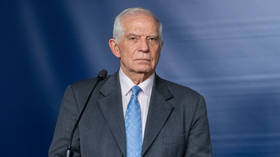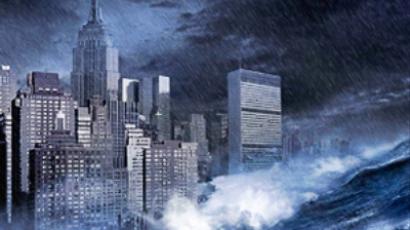Russia takes the lead in Arctic cold war
Russia has all but approved an $8 billion plan to build the first-ever city with an artificial climate, as the country steps up to conquer the planet’s frozen wastes with its vast resources, and says the Moon and Mars will be next.
Named after Umka – a popular late Soviet-era bear cub cartoon hero – the proposed city is to be built on the remote island of Kotelny, in the Novosibirsk archipelago. Situated a meager 1,000 miles off the North Pole, it has been called one of the least hospitable regions of the Earth, with summer temperatures rarely rising above freezing, while plunging in winter as low as -40 C.The initial population is planned to be just 5,000, most of whom will be scientists and workers involved in the extraction and transport of vast oil and gas riches of the underwater Lomonosov Ridge.“The city will not only be an extraction site and a transport hub, but a place for comfortable living. We want people not to realize they are in some closed space with an aggressive Arctic climate outside. So we aim to have scientific laboratories, houses, but also parks with attractions, an aqua complex, hotels, schools, kindergartens, recreation zones, a hospital, sport facilities, and a cathedral,” architect Valery Rzhevskiy says.
Initially it will get electricity from a pair of floating nuclear power stations which will shut down as the hydrocarbon extraction comes onstream. Fish and poultry farms, greenhouses and bakeries will take care of the food supplies, while the garbage will be processed in two factories.So far, this is the first project of such a scale with artificial climate and integral life support in the history of humankind. Its design is essentially based on the International Space Station (though much larger – 1.5x0.8 km), with a core transport axis that connects living quarters and laboratories.And Rzhevsky affirms that towns like Umka would be perfectly viable on the Moon or anywhere else.The project is on the brink of approval by the Russian government, and will be presented to other members of the Arctic Five – Denmark, Canada, Norway, and the United States – who may want to build similar cities themselves.













